In breaking away from tradition, these farmers achieved yields exceeding Kharif season






On a warm May evening in Kolhapur’s Gaganbawada taluka, we meet Kuldeep Anand Khutale. At 35, with no prior experience of cultivating the crop, Khutale determined that he would grow ragi—which was until recently considered a rain-fed crop suitable only for Kharif season—in the summer of 2024. He cultivated the grain on 15 gunthas of land (one guntha equals 1,000 square feet), and was rewarded with seven quintals (700 kg). No excessive inputs or labour went into this impressive harvest, he claims. “I’m hoping for better returns from this crop—far better than what sugarcane usually offers,” says Khutale, who is a resident of Salwan village.
He is not alone; across Kolhapur, an increasing number of farmers are turning to finger millet (Eleusine coracana)—or nachni as it is known locally—and reaping the benefits. Khutale and his peers are beneficiaries of an agricultural revolution that began in 2018, which was declared the National Year of the Millets by the Indian government. Milind Patil, a farmer from Pisatri village, challenged generations of tradition by attempting to grow ragi as a summer crop. Before he took to farming in his late thirties, Patil worked as a news photographer for a media group. With two decades of experience, he is considered a progressive farmer and has won several awards.
The 18-plus farmers who joined this bold experiment knew the associated pitfalls but wanted to participate, come what may. It was unheard of in Maharashtra, where the vital millet, a nutritional powerhouse, had always been sown with the arrival of the monsoon (June-July) and harvested in autumn (September-October), in hilly regions like Kolhapur, Ahmednagar, and the Konkan. No research institution had recommended or even studied its viability in the dry season.

An unexpected success story
Despite their nutritional benefits, ragi and other millets have historically received less institutional, financial, and policy support compared to other major cereals, such as rice and wheat. The absence of established markets, adequate processing facilities, and supporting infrastructure has limited their growth and profitability. Ragi farming faces a range of challenges, including labour shortages, limited access to technology, weak market connections, policy gaps, and climatic constraints. Experts believe that for the millet cultivation to thrive sustainably, improvements in mechanisation, seed distribution, market linkages, and institutional support are essential.
Yet, resilient as it is to harsh growing conditions, the grain is a staple food in many parts of southern and central India, especially in Karnataka, Tamil Nadu, Andhra Pradesh, Maharashtra, and Odisha. Its cultivation is evolving with innovative practices, especially in Maharashtra, where summer cultivation (December–May) has shown remarkable success.
The first year was fraught with setbacks—excessive moisture at sowing led to crop failure. But Patil was undeterred; he meticulously documented every step, treating his records as the “first rough draft of history” for this new practice.
Patil is joined by 18 farmers from Kolhapur’s hilly regions in this novel venture, cultivating the ‘Phule Kasari’ variety developed by the Mahatma Phule Krishi Vidyapeeth (MPKV), a state university in Rahuri, on 15 acres of land. They sowed the seeds between January and May of 2018 while dealing with scepticism from peers and experts alike.
%20addressing%20farmers%20on%20summer%20ragi%20cultivation%20copy.webp)
The first year was fraught with setbacks—excessive moisture at sowing led to crop failure. But Patil was undeterred; he meticulously documented every step, treating his records as the “first rough draft of history” for this new practice. “Persuading the farmers to cultivate ragi, especially in a season when it hadn't been tried before, required considerable effort. They were taking a significant risk, and we had no way to compensate them if the experiment did not succeed," recalls Parag Parit, then Block Technology Manager, Department of Agriculture, Maharashtra government, whose officials and researchers initiated the process, and were present throughout for consultation.
Traditionally, ragi was grown on hilly slopes using minimal tillage and local seeds, depending solely on rainfall. This resulted in yields of only 4-6 quintals per acre. “In the past, with little demand, we grew nachni only as a Kharif crop, mainly for our consumption,” says Patil, whose father was a farmer, “Now, I harvest six quintals from my small plot and sell the produce directly to consumers.”
Also read: In the battle of Alphonso vs Kesar, climate change plays dirty
Slow and steady
After the farmers agreed to participate, they followed the guidelines and recommendations of the MPKV and received hand-holding support from the agriculture department officials, who regularly interact with farmers, and were the first ones to broach the subject of growing ragi in summer. They received technical support, training, and access to improved seeds and inputs to minimise the risks of summer cultivation. Patil and his fellow experimenters refined their techniques, adjusting sowing times, improving plant spacing, and adopting better input management. These adaptations paid off: in subsequent years, their summer ragi fields of the Phule Kasari variety yielded between 18 and 20 quintals per acre, a significant increase from the 5-7 quintals usually harvested in the Kharif season.
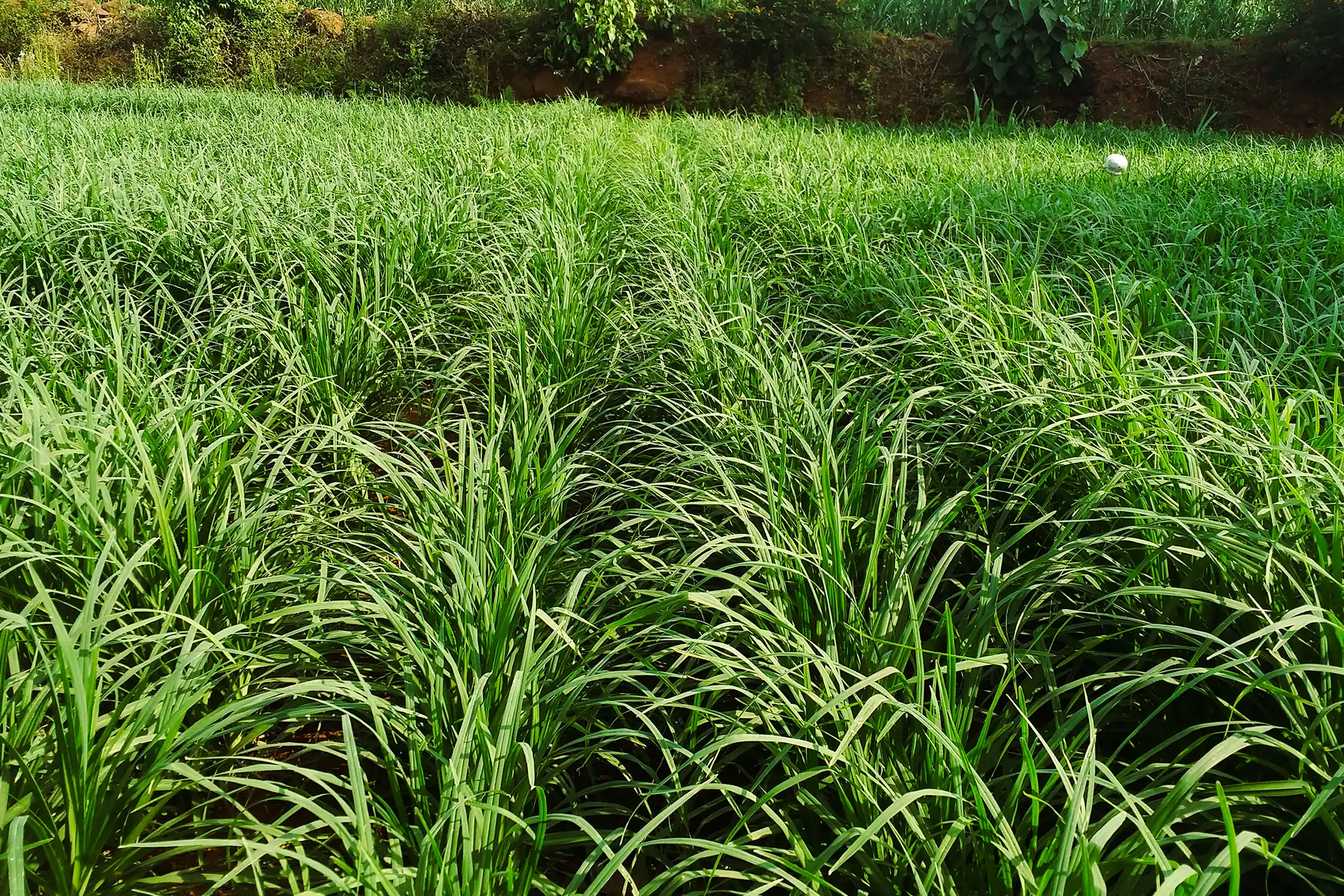
Sixty-year-old Patil’s success is not confined to his fields. He began marketing ragi directly to consumers, building a loyal customer base despite challenges with pricing and limited market access. Recognising the power of collective action, he and his peers formed the Millets' Association of Kolhapur—a hub for knowledge sharing, peer-to-peer training, and resource exchange. Their meticulous documentation and willingness to share experiences attracted the attention of the Maharashtra Ministry of Agriculture, the Maharashtra Millet Mission, and the Agriculture Technology Management Agency (ATMA), Kolhapur. Demonstrations and knowledge-sharing events followed, with Patil and other progressive farmers at the forefront, inspiring replication across the state.
“Ragi is typically cultivated for household consumption with minimal chemical inputs, relying on organic manure and sustainable practices that help preserve soil biodiversity and reduce ecological impact,” says Dr. Yogesh Ban, a plant breeder with the All India Coordinated Research Project (AICRP)—a collaborative research initiative by the Indian Council of Agricultural Research (ICAR), which involves multiple research institutes and disciplines coming together to address specific agricultural challenges. Dr. Ban’s project specialises in small millets at the Zonal Agriculture Research Station in Kolhapur. “Being a climate-resilient crop with its adaptability to various soils and climates, ragi is ideal for sustainable farming systems focused on long-term soil health. Interventions like ‘summer ragi cultivation’ are an earning opportunity for farmers in the rice belt, as an alternate crop that does not affect other crop growing in the neighbourhood,” he adds.
These adaptations paid off: in subsequent years, their summer ragi fields of the Phule Kasari variety yielded between 18 and 20 quintals per acre, a significant increase from the 5-7 quintals usually harvested in the Kharif season.
The rising popularity and strong market demand for this crop have led to an expansion in both acreage and productivity. The global millets market was valued at $15.3 billion in 2024 and is projected to reach $23.4 billion by 2034, growing at a compound annual growth rate of around 4.4%. Remarkably, it thrives in a wide range of diverse agroclimatic conditions. Motivated by the success seen in Kolhapur, farmers in the Khadki village of the Akole tehsil in Ahmednagar started cultivating wari (little millet) and ragi during the summer of 2025. They achieved yields of up to 5 quintals per acre, significantly higher than those typically obtained in the Kharif season.
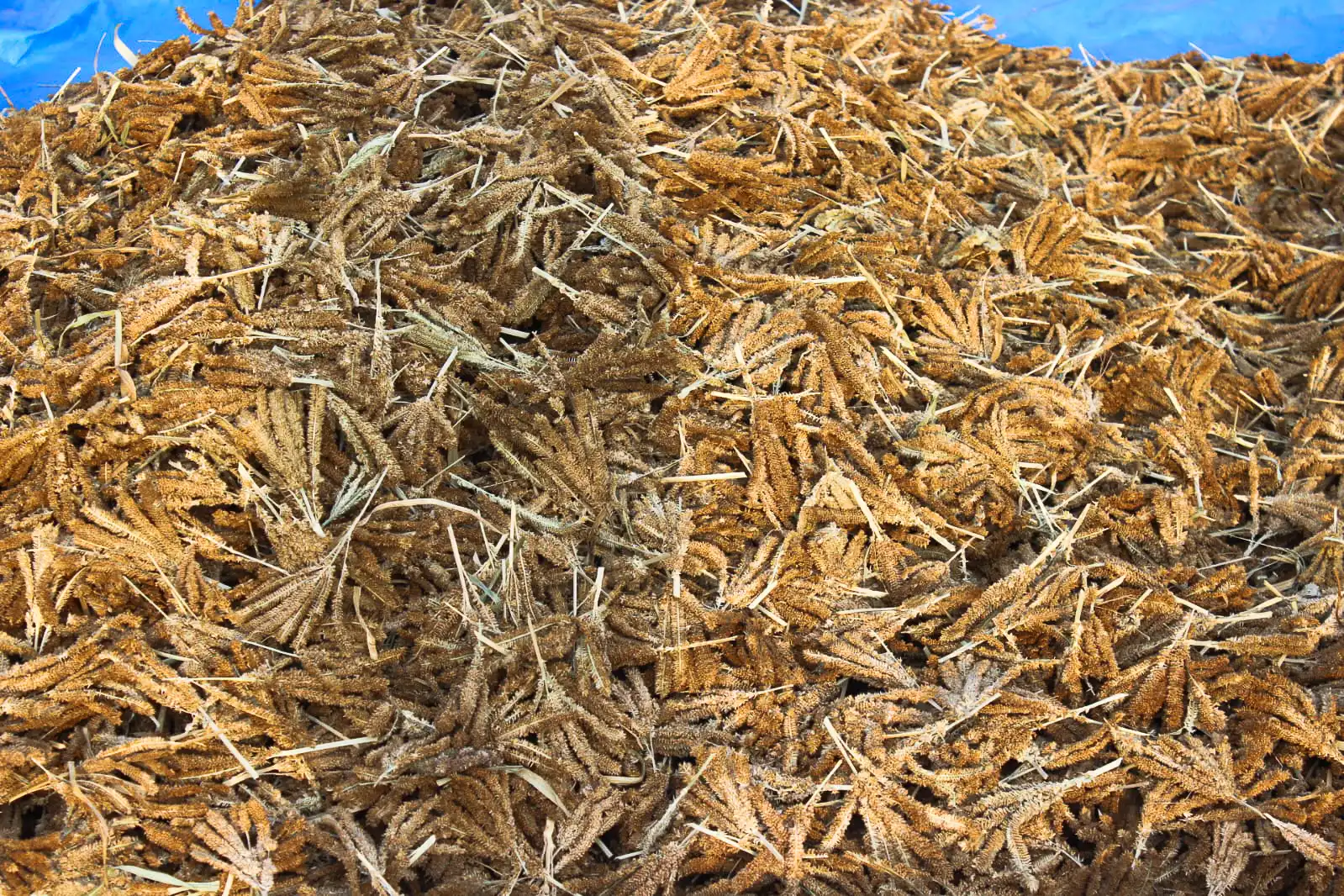
“Growing nachni in summer has advantages. When grasslands dry, the green stalks and leaves of the plant serve as fodder, unlike the green stalks of sugarcane, which are high in oxalic acid and can lead to calcium deficiency in ruminating animals,” says Parit. “One acre gives four to five tonnes of cattle feed. Farmers also intercrop with sugarcane to increase earnings. White grub (the larval stage of scarab beetles that feed on the roots of ragi plants, leading to their damage, wilting and potentially severe yield loss) infestation does not affect ragi in summer, and most importantly, the irrigation requirement is minimal.”
Farmers have banded together under the Millets’ Association of Kolhapur and are regularly invited by the agricultural department to share their experiences. The model now has the potential to be replicated in ragi-growing hilly areas, from Thane to Sindhudurg.
Also read: How lemon groves turned Manipur’s Kachai into a citrus empire
The reign of ragi
Ajit Bhangre, a farmer from Khadki Budruk in Ahmednagar district remembers how there was some doubt at first: “In 2021, we received seeds of the Phule Kasari ragi and the Phule Ekadashi little millet varieties for summer cultivation. Over the past two years, our group has harvested 40 quintals from 8 acres,” he says.
What started as a small-scale summer experiment in 2018 in Panhala taluka, Kolhapur, with just 18 farmers cultivating ragi in 15 acres, has grown into a movement. Today, Kolhapur district boasts 150 acres dedicated to unhala nachni (summer ragi). The district’s success with summer ragi has attracted attention from farmers in Raigad, Satara, and Ratnagiri districts, prompting study tours of farmers and researchers where groups from these areas visit Kolhapur to observe ragi fields and learn directly from seasoned cultivators.
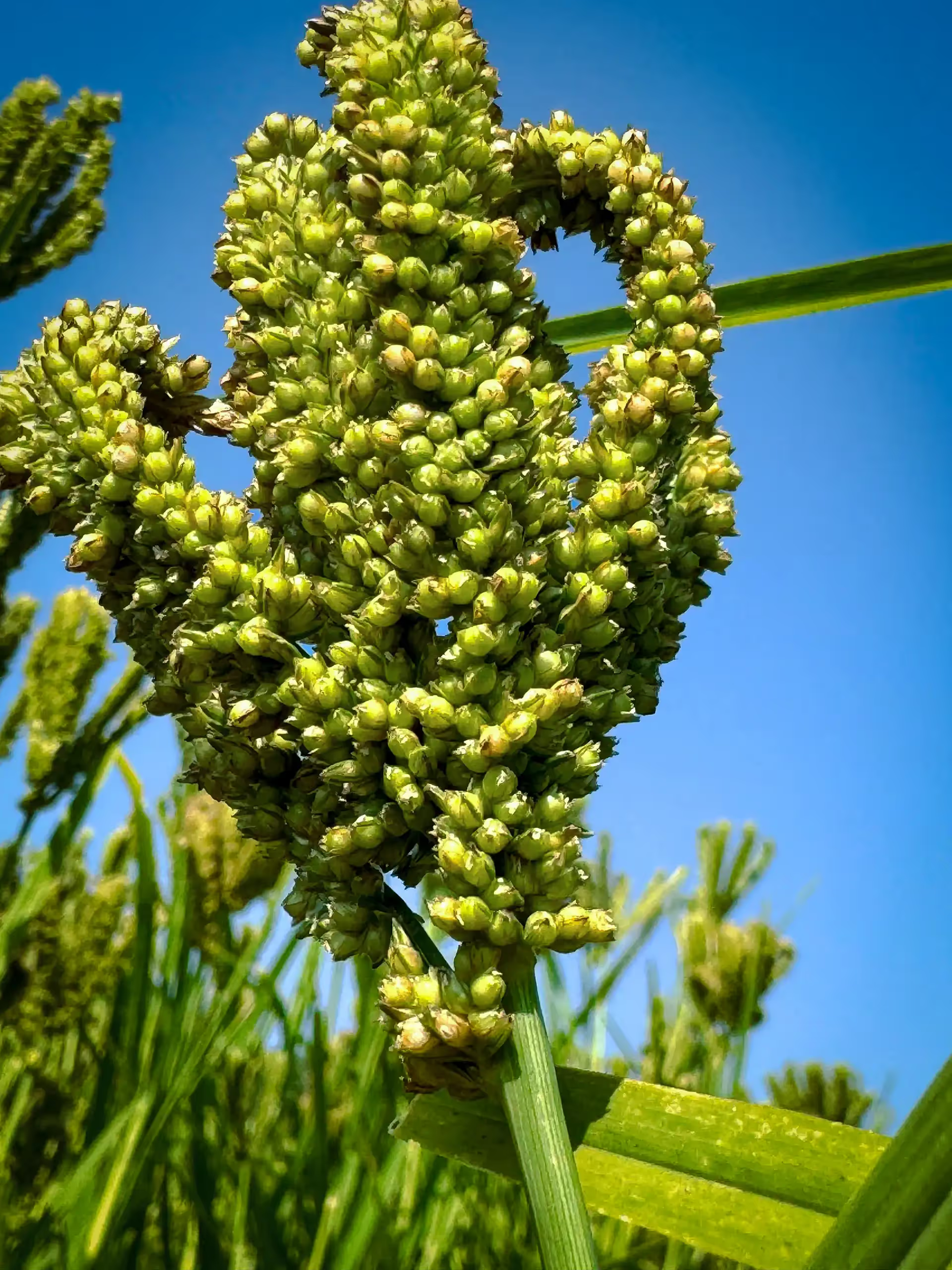
This growing interest has also led to the organisation of workshops and field days, often supported by the Maharashtra Millet Mission and local Krishi Vigyan Kendras. During these events, Kolhapur farmers actively share their knowledge and experiences, further promoting the adoption of summer ragi cultivation throughout Maharashtra.
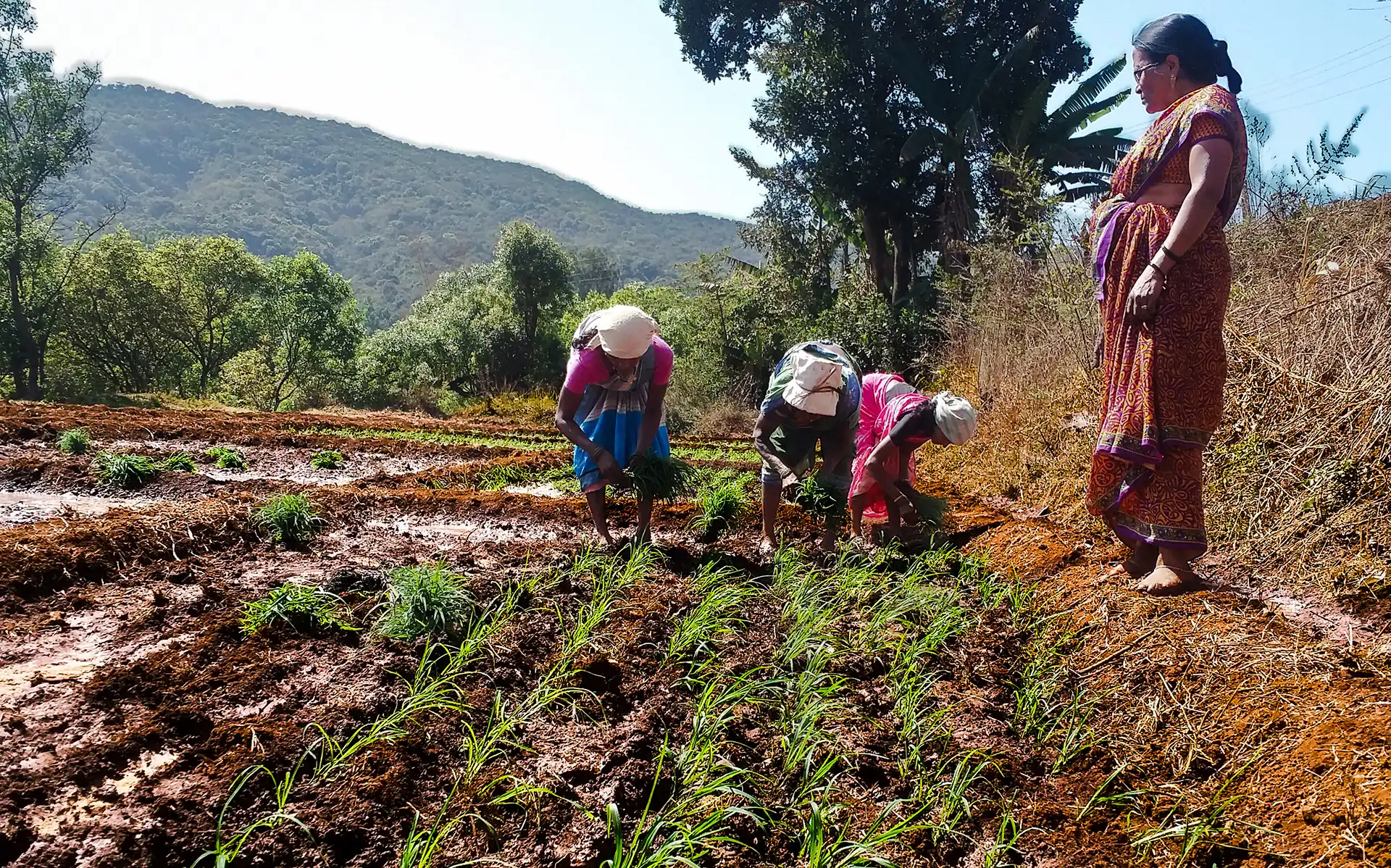
Dr. Ban notes, “Research trials on transitioning the growing season from Kharif to summer are underway at research stations with a rainfall ranging from 450 mm to 2,500 mm, and temperatures between 34°C and 43°C located in Kolhapur, Ahilyanagar, Solapur, Nashik, Pune, Jalgaon, and Dhule to assess the adaptability and sustainability of grain yields. The results are encouraging, suggesting that ragi, foxtail millet, and barnyard millet could become important additional crops across various agro-climatic zones in Maharashtra. Currently, ragi is cultivated on only 0.68 lakh hectares in the state, a small fraction compared to major cereal crops. Therefore, it is essential to expand the area under millet cultivation, boost production, and increase demand for millets as staple foods in the diet.”
Complimenting Kolhapur’s summer ragi initiative, Dr. Vilas A. Tonapi, former Director, ICAR-Indian Institute of Millets Research says, “The efforts of the Maharashtra government to promote cultivation of ragi is a step in the right direction, since the summer cultivation of ragi complements existing cropping systems, thus providing best of the yields.”
The impact of this grassroots experiment has rippled outward. Farmers in other hilly areas of Maharashtra have begun to adopt summer nachni cultivation, increasing both production and the crop’s presence in local diets. The district administration has established a Nachni Procurement Centre in Panhala, further validating the innovation and improving market access for growers.
Also read: The fall of the Mathania Mirch in a thirsty desert
“Post Diwali, traders would bring wheat and jowar, mostly of poor quality. One sack would be exchanged for two or three sacks of ragi. Farmers were giving up millet, but now, ragi is back in the growers’ diet. Interestingly, its green fodder attracts a better price than sugarcane,” says Patil, whose pioneering work has become a model for innovation, adaptation, and community-driven agricultural transformation. “We summer ragi growers are in a win-win situation.”
As more farmers embrace summer ragi cultivation, Maharashtra’s fields are not just yielding better harvests—they’re sowing the seeds of a more resilient and sustainable agricultural future.
{{quiz}}
Explore other topics
References

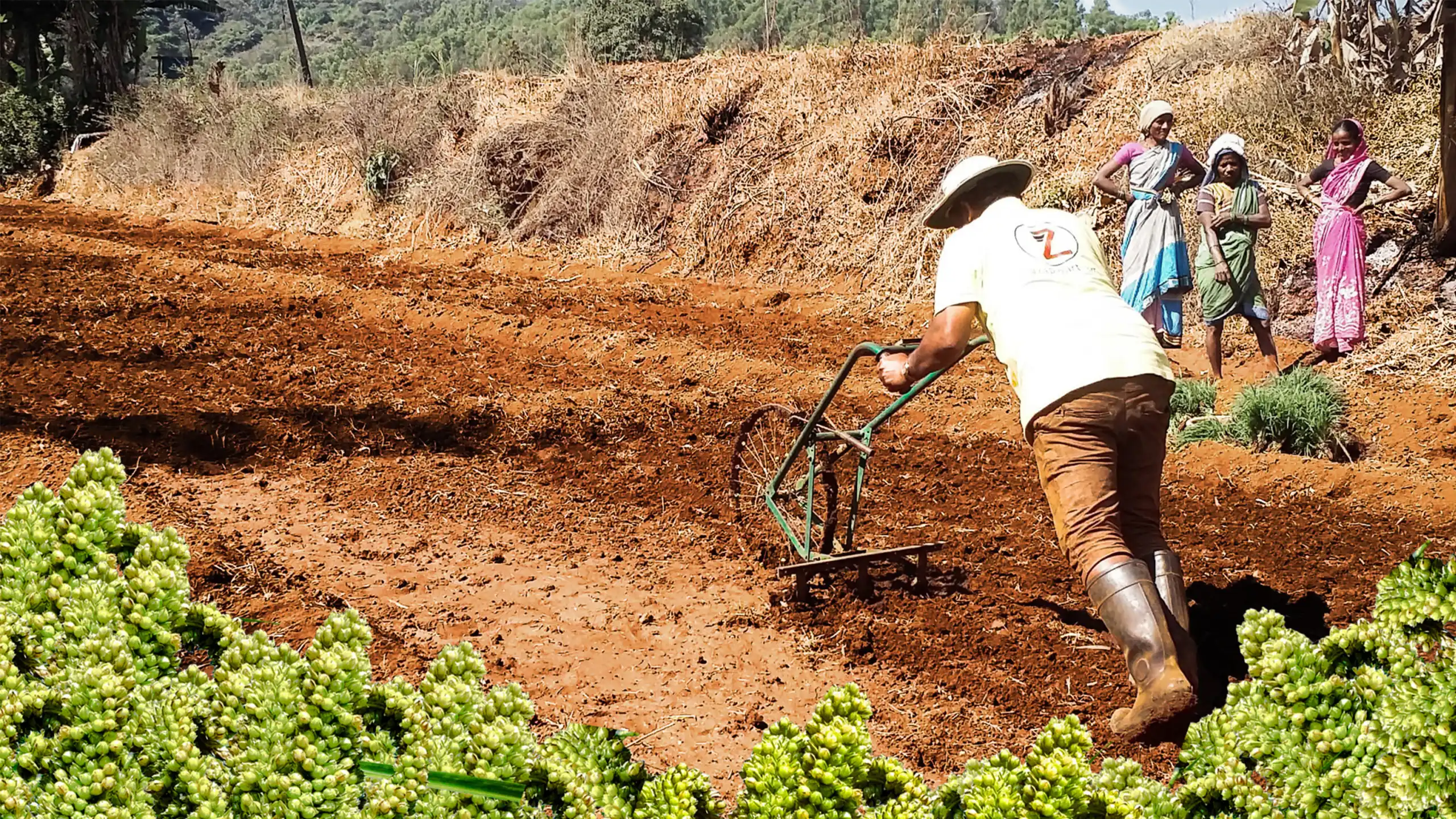
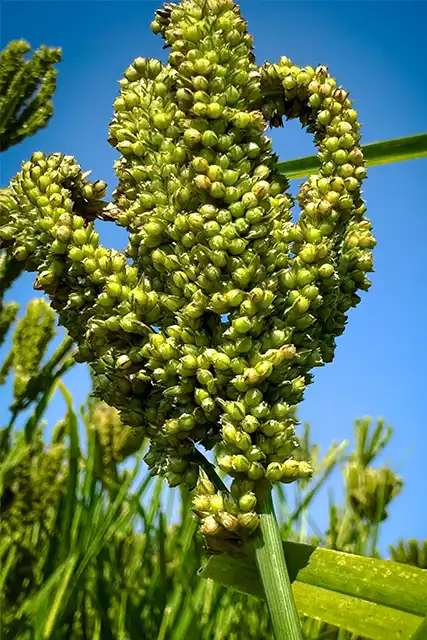

.avif)

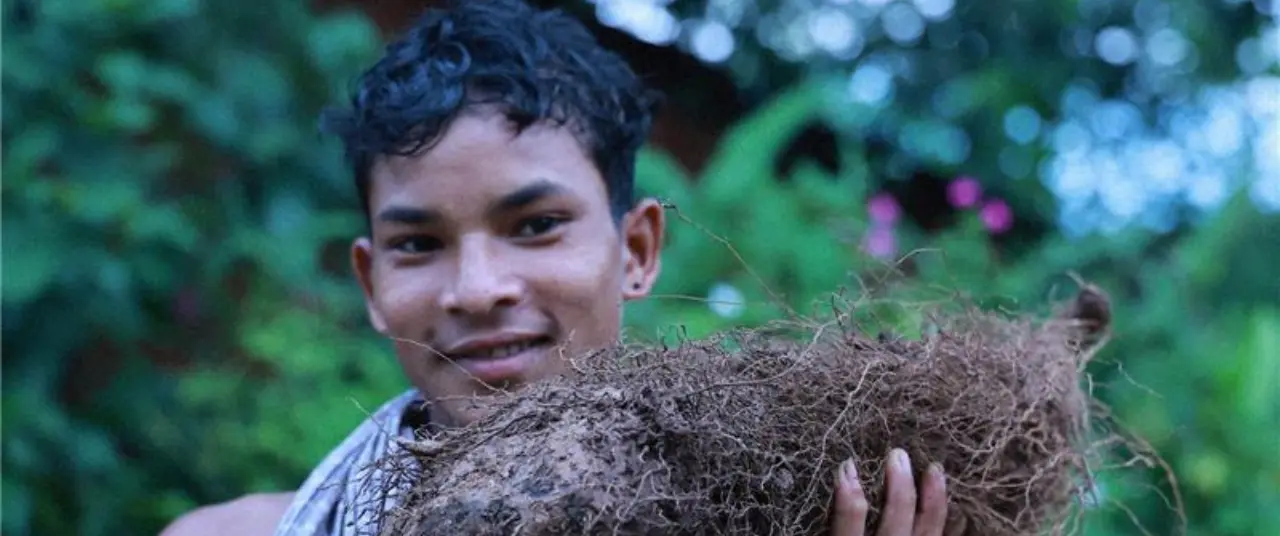
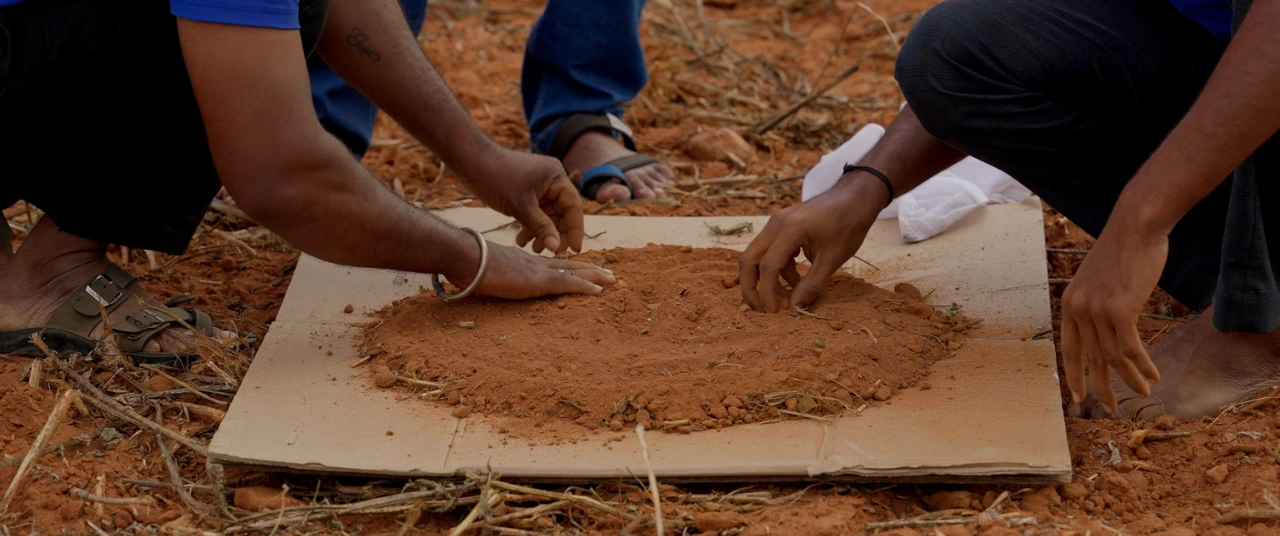


.jpg)